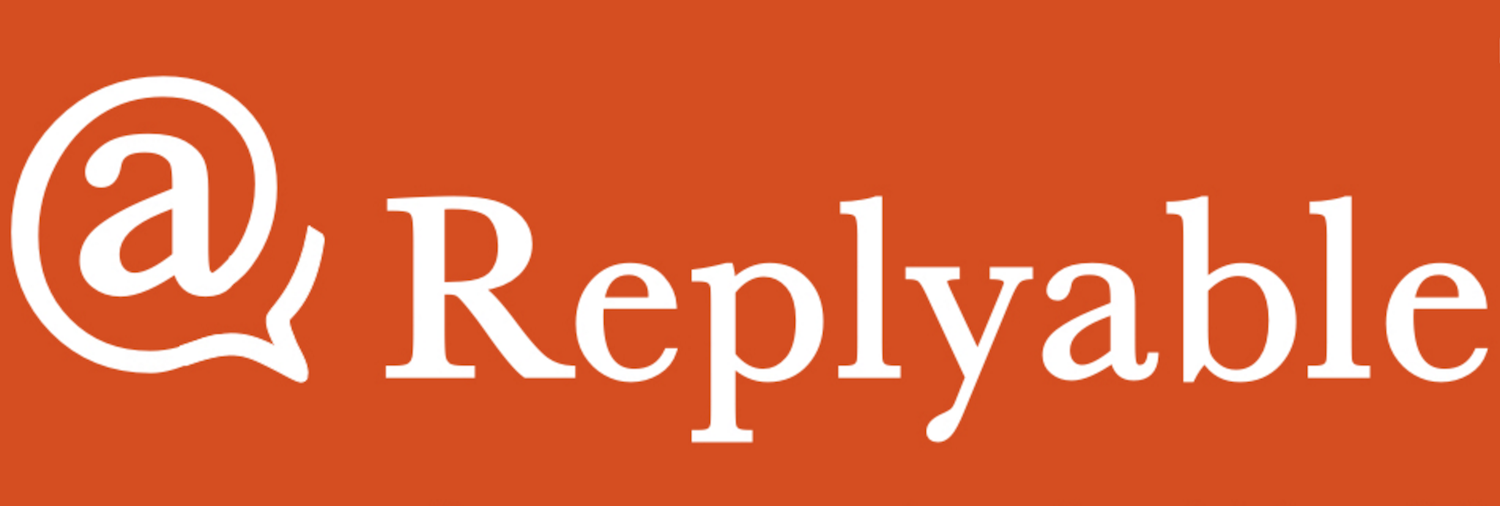Postmatic is rebranding its WordPress.org Postmatic Basic plugin as Replyable and pushing the two-way email commenting feature into a new SaaS product. After discovering that many users simply want email commenting, without additional post delivery and newsletter features, Postmatic launched Replyable to offer this starting at $3/month.
“Replyable was born out of user feedback,” founder Jason Lemieux said. “Postmatic does more than most sites need and the price is squarely mid-market. From the beginning we’ve heard from users that they already use another newsletter service and just want Postmatic to handle comment subscriptions – but that alone isn’t worth $20 to too many people. With Replyable we can offer it for $3.”
Lemieux and his team have now transitioned Postmatic to be purely a Saas product without a presence in the WordPress.org directory.
“Postmatic will continue to grow as a complete engagement system and, if anything, become even more complex and go further up market,” Lemieux said. “Sites which use Postmatic tend to dive in deeply. It is meant to function as a package. Grow a list, deliver to it, get them talking about your ideas, monetize the results.”
The Replyable plugin on WordPress.org now simply covers comment subscriptions with all other features available in the commercial products.
Ripping an existing feature out of a free plugin and making it paid is fairly unusual and can have a negative impact on how users perceive the plugin. However, Postmatic has a plan to allow legacy users to continue using the features they had before by switching to Postmatic Labs. It’s an inconvenient change but is required for those who don’t want to upgrade to a commercial plan.
Although WordPress.org says Postmatic has approximately 1,000 active installs, Lemieux estimates there are 8,000 users including those using the commercial plugin or the Labs plugin. He would not share any specific revenue figures but said he learned some important pricing lessons in leading the bootstrapped startup for the past two years.
“We aren’t a runaway WordPress success story but we’re alive and loving our jobs,” Lemieux said. “About six months ago it became apparent that we needed to get out of the mid market. We had a huge group of people saying, ‘I just want email commenting and will totally pay you 5 bucks a month for it,’ and another group saying, ‘We pay $6,000 a month sending Mailchimp RSS campaigns but yours are better for only $1500. Why so cheap?’ That’s been a frustrating reality and a big lesson in knowing your audience and pricing appropriately.”
Next on Postmatic’s Roadmap: Epoch 2
In July 2015, Postmatic introduced Epoch as a Disqus alternative, offering 100% realtime commenting for WordPress. The plugin submits comments via AJAX so that they appear instantly without refreshing the page. Lemieux and the team have been working on the second version for nearly a year.
“Epoch 2 is a huge step forward,” Lemieux said. “We built it on top of the REST API and Angular. It’s fast and incredibly light. Commenting isn’t sexy – I don’t think it will ever be, but comments are great for SEO, community, and for building brands and authority. Comments aren’t going away. In fact, they are vitally important to keeping the web as a place for discourse, conversation, and the sharing of ideas. We need to continue to make them a better experience. Epoch isn’t groundbreaking in its functionality but it does the job of making sure sites of any size can still run native WordPress comments.”
Postmatic continues to innovate with native comments, an aspect of WordPress that doesn’t have as many commercial players as something like forms or e-commerce. Lemieux attributes this underserved area to the poor reputation of previous non-native solutions.
“I think it is because of the rise and fall of third party commenting system,” Lemieux said. “Early in WordPress history services like Disqus and Livefyre grabbed huge parts of the comment traffic on WordPress sites by offering more features, better speed, and improved moderation tools (with the hidden cost of selling your users down the river). It was certainly a siren song. But most all of them stagnated, violated user trust, or just plain didn’t work well. And commenting got a bad name. Naturally came the trend in disabling comments and, well, now here we are and people are trying to have conversations 140 characters at a time.”
Lemieux said the innovation he sees happening outside WordPress makes him believe that comments can overcome their past reputation.
“Things are getting better – and hopefully more folks will begin to innovate,” Lemieux said. “Lucky for us other blogging and publishing platforms are innovating and coming up with interesting ideas all the time. Some of them, like inline commenting from Medium, do make their way back over to WordPress. That makes me optimistic.”

Nice product and good positioning to encourage Postmatic subscriptions. I wonder if Replyable is built on WP?